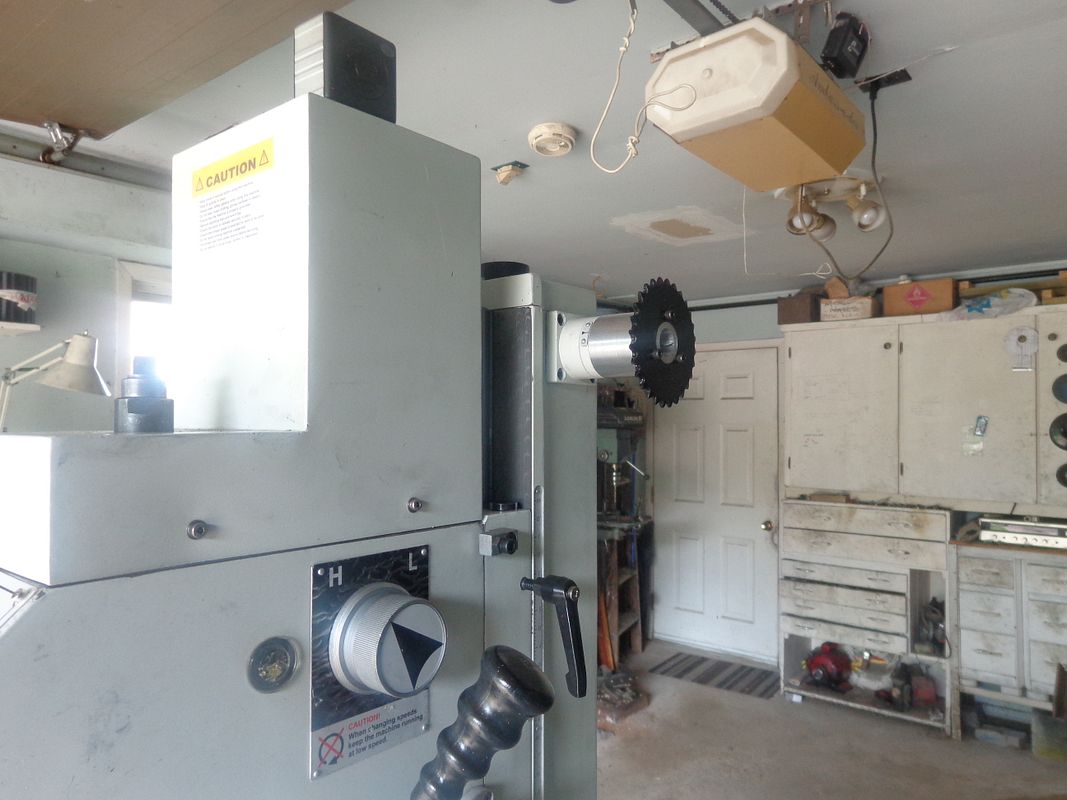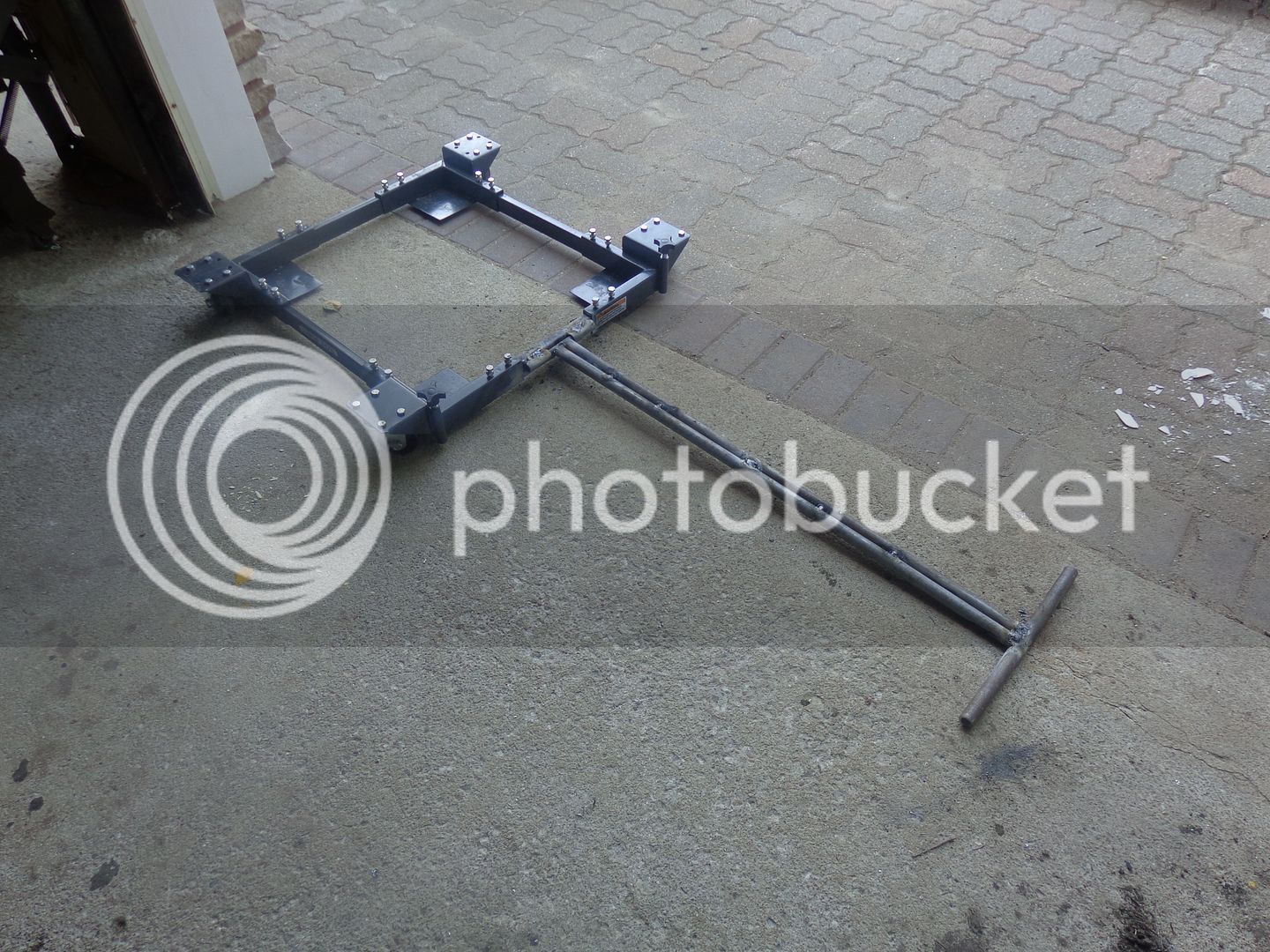- Joined
- Oct 1, 2010
- Messages
- 1,417
- Reaction score
- 442
"I'm getting darn well tired of making brackets!!!!"
Been There, Done That. You will get this done and it will work well for you.
I am enjoying your reports on setting up this mill because it is a great insight into your design process and problem solving.
I am also looking forward to seeing the future engine and mechanical projects this new mill will undoubtedly allow you to make.
Best wishes,
--ShopShoe
Been There, Done That. You will get this done and it will work well for you.
I am enjoying your reports on setting up this mill because it is a great insight into your design process and problem solving.
I am also looking forward to seeing the future engine and mechanical projects this new mill will undoubtedly allow you to make.
Best wishes,
--ShopShoe













![DreamPlan Home Design and Landscaping Software Free for Windows [PC Download]](https://m.media-amazon.com/images/I/51kvZH2dVLL._SL500_.jpg)


![MeshMagic 3D Free 3D Modeling Software [Download]](https://m.media-amazon.com/images/I/B1U+p8ewjGS._SL500_.png)






















































